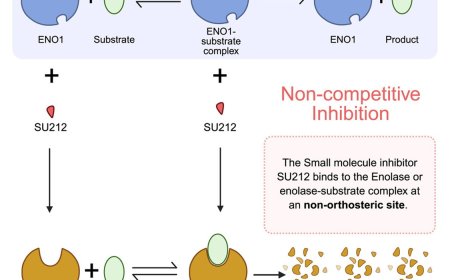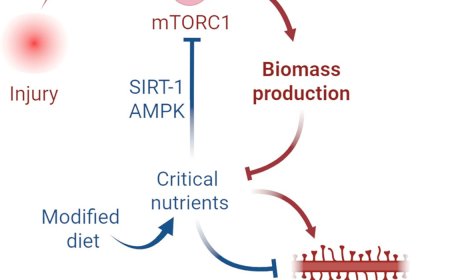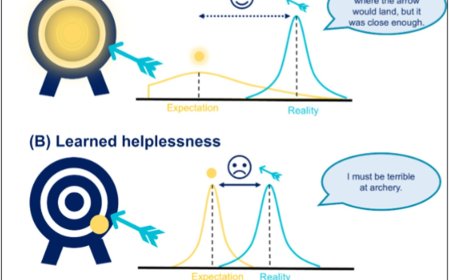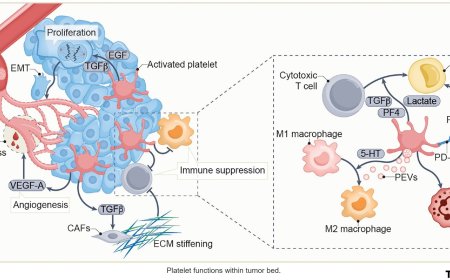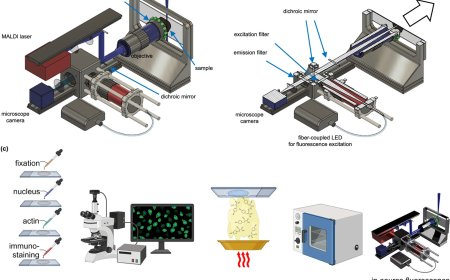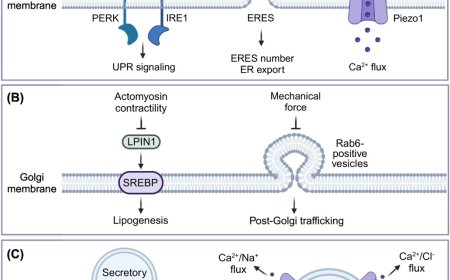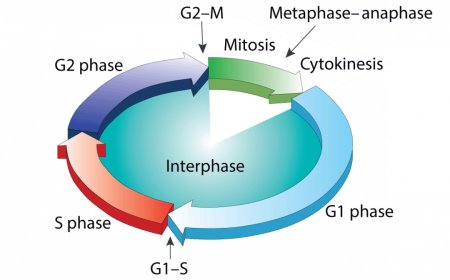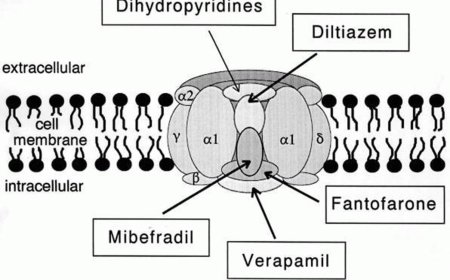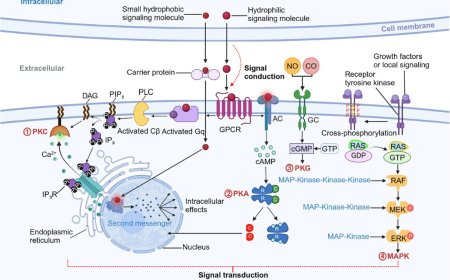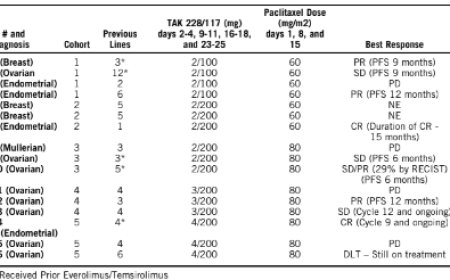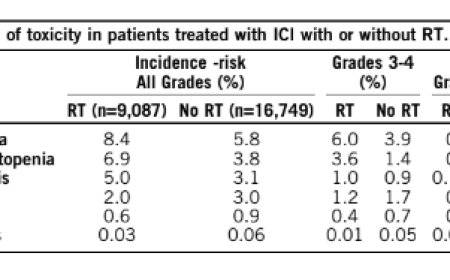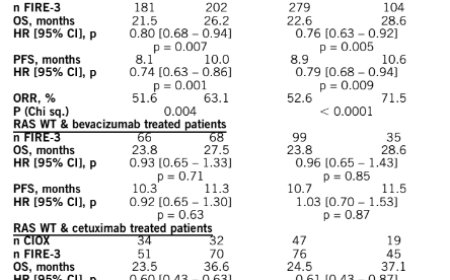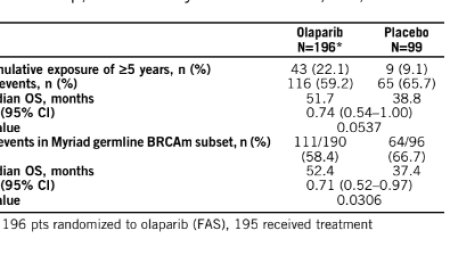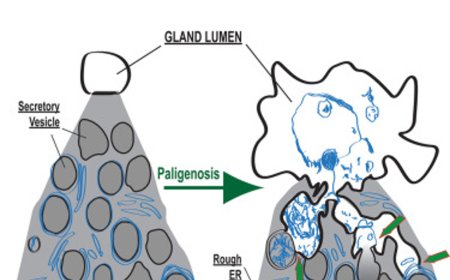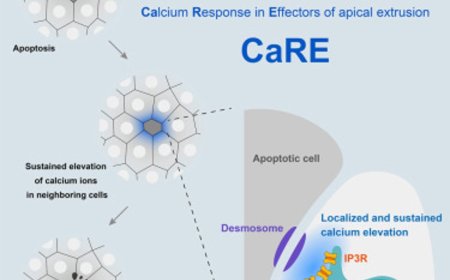Circulating miR-126-3p is a biomarker for knee osteoarthritis
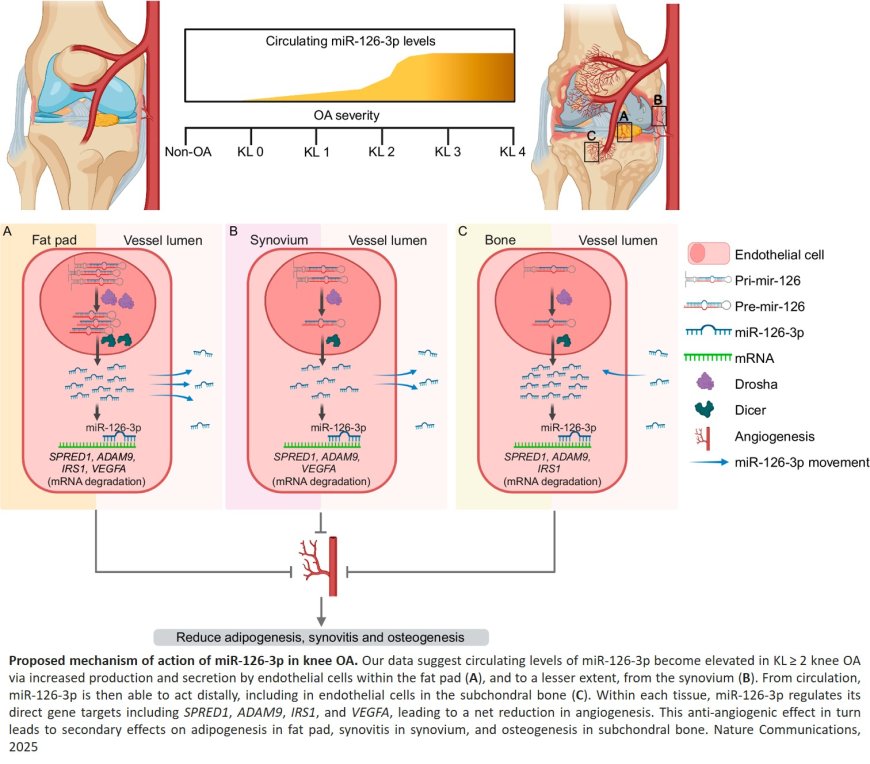
The number of people suffering from osteoarthritis is expected to top 1 billion by 2050. The biggest risk factor for the prevalent, often painful, chronic joint disease is aging. And like aging, there is currently no way to stop it.
A discovery by scientists could pave the way for new breakthroughs in detecting and treating the disease. Their findings were recently published in Nature Communications.
“Our hope is that this discovery will one day allow doctors to catch the disease earlier and intervene before significant joint damage occurs,” said the senior author of the paper. “Osteoarthritis is so complex and so heterogeneous that even with decades of research there hasn’t been a single therapeutic.”
The scientists identified a circulating microRNA called miR-126-3p, a mechanistic biomarker of osteoarthritis of the knee.
The authors find circulating miR-126-3p is elevated in knee osteoarthritis versus controls. Across six primary human knee osteoarthritis tissues, miR-126-3p is highest in subchondral bone, fat pad and synovium, and lowest in cartilage.
MiR-126-3p plays a role in reducing blood vessel formation and reducing the severity of knee osteoarthritis, making it not just a signal of disease – but potentially a contributor to it.
Intravenous and intra-articular miR-126-3p mimic treatment in a surgical mouse model of knee osteoarthritis, the authors show reduced disease severity in males. In human knee osteoarthritis biospecimens, miR-126-3p mimic treatment reduces genes and markers associated with angiogenesis, as well as genes linked to osteogenesis, adipogenesis, and synovitis—processes secondary to angiogenesis.
Now that scientists are aware of miR-126-3p, they can develop blood tests to detect osteoarthritis of the knee and therapeutics for slowing or even stopping progression. Treatment options for osteoarthritis are currently largely limited to pain management and surgical interventions.
“As we continue to advance our understanding of microRNA mechanisms, we remain hopeful that these insights will translate into tangible benefits for patients suffering from osteoarthritis,” said the Chair of Orthopedics and Sports Medicine at Henry Ford Health. “This breakthrough could open the door to precision medicine tailored to individual patients and ultimately fewer joint replacements due to osteoarthritis.”
https://www.nature.com/articles/s41467-025-57308-5
https://sciencemission.com/Circulating-miR-126-3p-is-a-biomarker-for-OA
